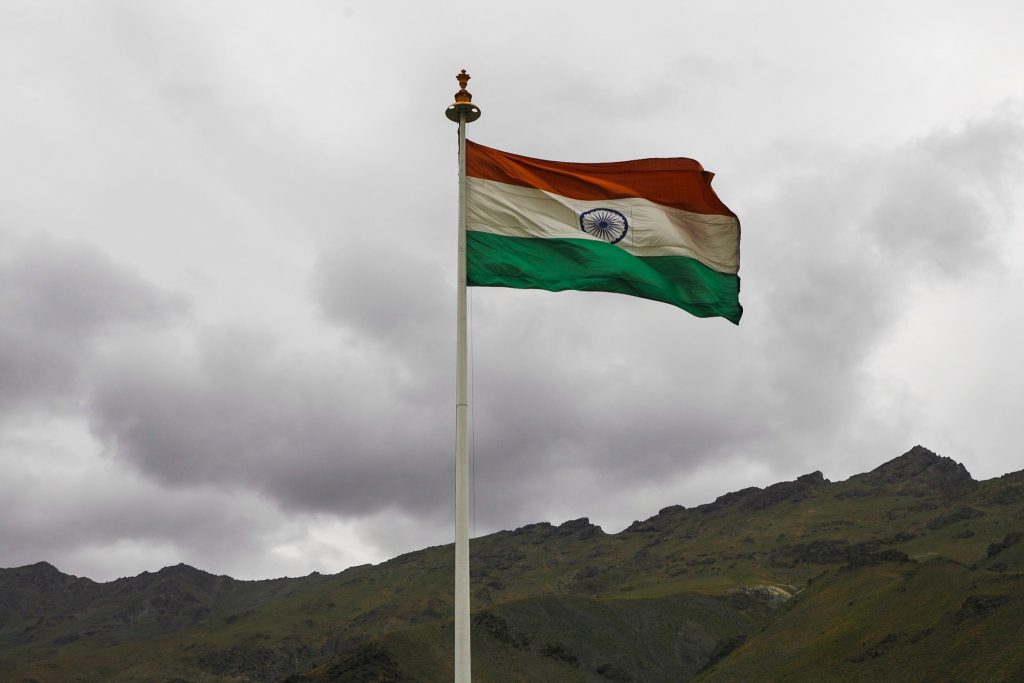Narendra Modi, in his first year as Prime Minister of India, has charted a new direction on both energy policy and climate change, establishing new political priorities and re-directing investment. Domestic economic development remains a core priority for the Indian Government, but the Modi Administration is focusing on up–scaling clean energy production to help drive growth while also shifting the country’s stance in international negotiations on climate change.
Modi’s remarks to the Australian Parliament at the G20 meeting in 2014 reflect a growing national sense that climate change aligns with the country’s domestic priorities, which include “a roof over every head and electricity in every household; the most affordable healthcare for the most difficult diseases; the next generation of infrastructure that does not take a toll on our environment; energy that does not cause our glaciers to melt – clean coal and gas, renewable energy or fuel for nuclear power; cities that are smart, sustainable and livable.”
Among the Modi government’s actions in its first year:
- Sending a Signal: The first act of the new government was to change the name of the Ministry of Environment and Forests to “Ministry of Environment, Forests and Climate Change,” a strong signal that the government is serious about addressing climate change.
- Doubling of coal tax to fund clean energy: The country’s clean energy fund has been funded by a tax on coal at 50 Rs (~US$0.80) per metric tonne. The new government has doubled the coal tax to 100 Rs (~US$1.66) per tonne to increase this investment.
- Solar for Every Home: The government has announced its intention to bring solar power to every home by 2019. The Modi Administration is actively recruiting multi-billion dollar funds to finance this effort in addition to its current budget, which allocates 5 billion Rs (~US$81 million) to promote very large solar power plants. The government has also invested in 25 solar parks, which could increase India’s total installed solar capacity almost ten–fold.
- Investing in Clean Power: India’s Power Minister, Piyush Goyal, speaking at the India Economic Summit, identified clean power as a “huge investment opportunity,” calling for nearly US$250 billion to be invested in the energy sector over the next four to five years – including US$100 billion in renewables and US$50 billion in transmission and distribution. The Minister also announced a target of 100 gigawatts of solar power generation by 2022, multiplying the previous government’s target five-fold (see below). During the same speech, Minister Goyal also noted that he intended to leverage the 80 percent accelerated depreciation allowance for renewable energy investments, which was reinstated earlier in the year.
- Building 100 GW of Solar: Modi has asked the Ministry of New and Renewable Energy (MNRE) to prepare an action plan to implement the 100 GW solar goal. The U.S. currently has roughly 18 GW of installed solar capacity. In support of Modi’s goal, SunEdison announced on Jan. 12 that it would invest US$4 billion to build a solar panel factory in India, with construction to start this year. In addition, the government is preparing a plan to more than double wind power, bringing the current 22,000 MW up to 50,000-60,000 MW by the year 2022.
- Investing in Efficient LEDs: The government has launched a nationwide program to distribute two super energy-efficient LED lights per house at a highly subsidized price of 130 Rs (~US$2.10) per LED (the market price is roughly 600 Rs (~US$9.75) for a LED). The cost of each LED will be deducted from consumers’ electricity bills over a period of 12 months. The program will be implemented in phases, with 100 cities to be covered by March 2016. Given India’s population of 1.2 billion, with 247 million homes (as of 2011), the cumulative effect will be substantial.
- Previewing the End of Coal Imports: Power Minister Goyal has said he plans for India to cease importing thermal coal within 2-3 years. Goyal cited distributed solar and microgrids, wind farms, energy efficiency, grid efficiency, plus domestic coal and hydro as the preferred domestic solutions.
- Supporting Adaptation: In July of 2014, the government announced the creation of a National Adaptation Fund to address the impacts of climate change, with a focus on agriculture, and an initial capitalization of $18.5 million.
- Increased Global Climate Cooperation: The Modi government has signaled that it will double the size of its delegation to the climate negotiations and has agreed to talks under the Montreal Protocol to phase out HFCs, a super-potent warming pollutant. The Modi administration dropped plans held by the prior Indian administration to impose anti-dumping tariffs on imports of solar panels, potentially averting a showdown with other countries at the WTO. Most recently, India supported the agreement reached in the recent Lima round of international climate negotiations talks by the UNFCCC, helping to set the stage for the final round of negotiations to be held in Paris this year.
In addition to action by the Modi government, many other subnational developments illustrate how India is quickly moving to a clean energy future. Notable examples include Delhi’s plan to pave the way for widespread rooftop solar installation, and the move by Haryana (Delhi’s immediate neighboring state) to make solar roof top systems mandatoryfor all buildings larger than 500 square yards by September 2015.
Analysts have shown that there are numerous pathways the country can take to decarbonize while meeting its development goals. Modi made it clear that he supports action on global warming in a 2011 book he wrote about his actions in Gujarat state to address climate change. And this week he approved four new climate change “missions” for the Indian government — on wind energy, coastal zone management, health and waste-to-energy — to strengthen India’s response to climate change.


